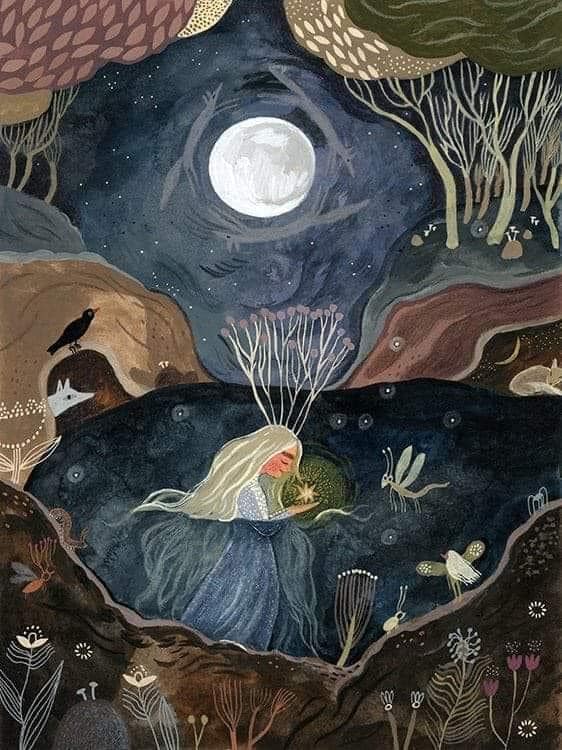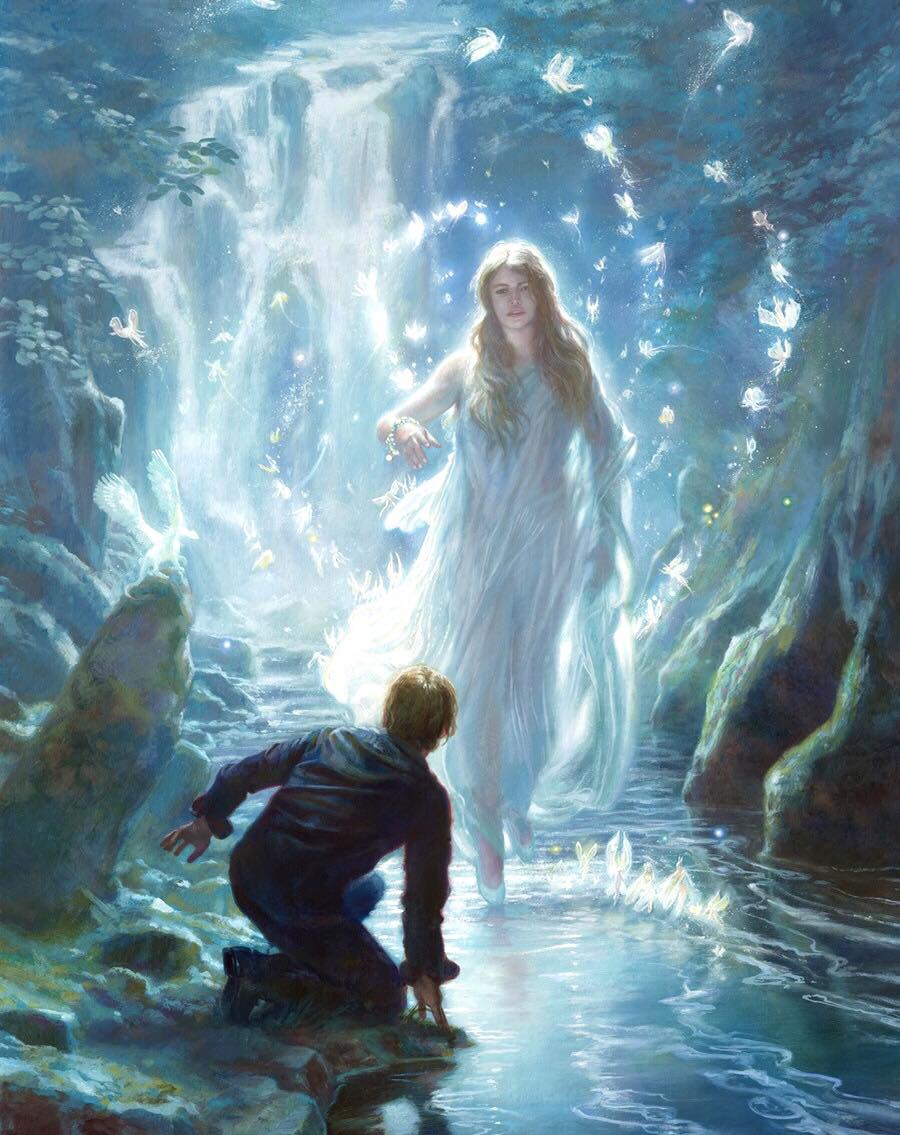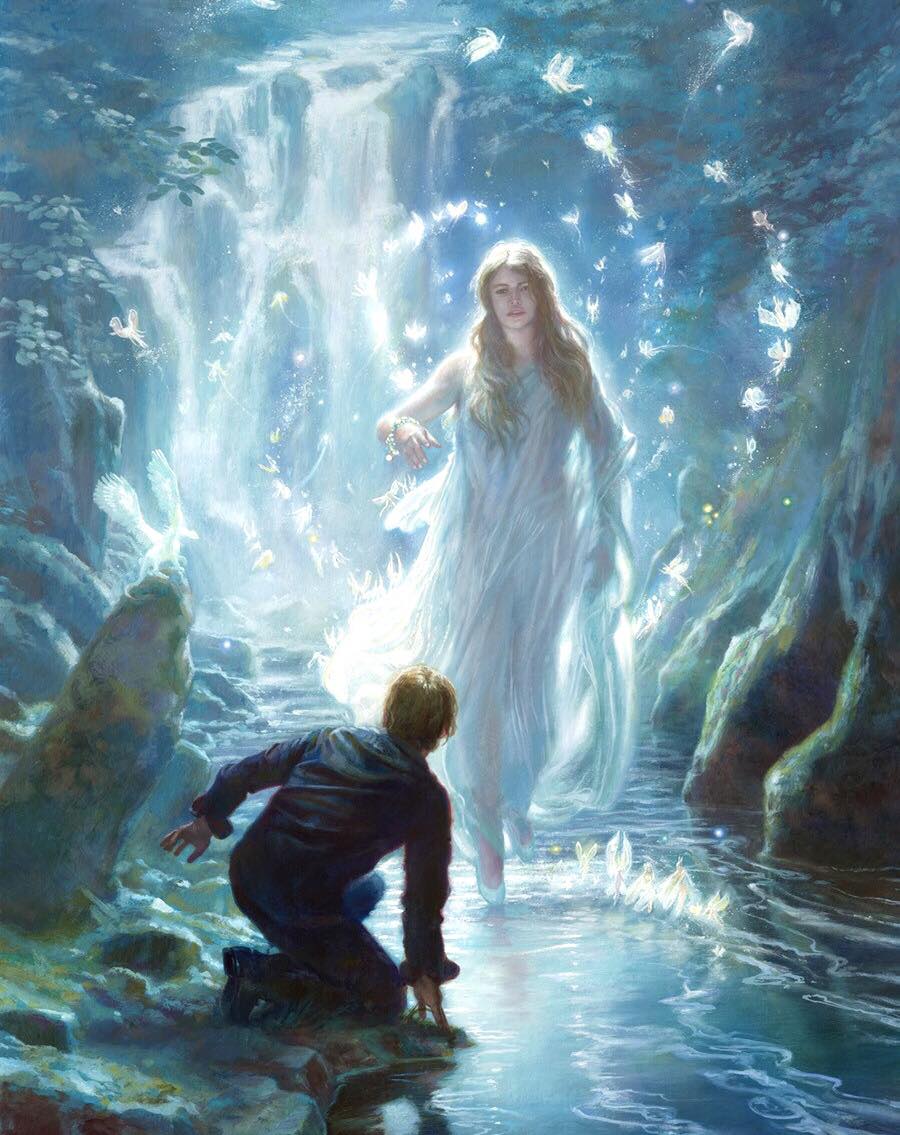
Tonight brings the August full moon and it is a very rare ‘blue super moon’.
Full explanation here: https://time.com/…/rare-super-blue-moon-august-2024…/
Perhaps the most widespread spiritual aspect to the full moon is the association with ancestors and past family members.
The full moon is said to create a thinning between the realms of life and death.
Often it is the case that powerful and poignant dreams both remind us of those we have lost but also serve to help us remember to appreciate our own lives and those around us.
In Asia, in their pre-Buddhist, shamanic traditions, the August full moon signals a more liminal window through which the hungry ghosts might emerge.
These are ancestral spirits who may be lost themselves or yearning for something in their past. They may be unable to forget a loved one or an event which still holds them back from progressing in their spiritual journey.
Tradition says that we have a chance to help such ancestors at this time by making offerings and sending guiding intentions which can help these lost spirits find their way to their next incarnation.
You can notice some similarities to Irish and European Samhain traditions and beliefs in this. The fields are now full of mushrooms often forming ‘fairy rings’ and for many these are places one should only enter with caution.
Perhaps there is a crossover here considering the ritualistic use of certain psilocybin-containing mushrooms?
Some researchers suggest that ancient sweat-houses were used as places to consume these mushrooms where the seer would enter trance-states to contact ancestors and spirits.
As nature offered the opportunity to contact the otherworld, the time of the year was similarly associated with corresponding rituals.
A piece of very obscure Irish folklore regarding a positive encounter with the Bean Sídhe records how she is deemed to heal the sick through moon bathing.
This custom was called ‘All Heal.’
Considering how we are told in the folklore that it was “old people” who carried on the name ‘All Heal’, I think we can safely say that this is a long regarded tradition.
The practice took place on the evening of six days following a full moon, which is in itself quite unusual.
In this tradition, it seems that the sixth night following a full moon is regarded as particularly magically potent.
The ritual proceeds as follows.
If a person was sick they were brought to the shore of a lake in order to bathe, but not in the water, and instead in the reflected light of the moon upon the lake’s surface.
This moon-bathing for wellness is very interesting considering much more recent evidence regarding how different types of moonlight might affect us.
Many people might be surprised to discover that it has such a long history in Ireland.
This tradition also has parallels with some Bealtaine customs earlier in the year and the warding of malevolent forces. In that particular case it is moonlight in the morning dew which is said to both repel evil influence, as well as bestowing beauty and health upon those who wash their faces in the dew at dawn.
Another curious factor is that Bealtaine is associated with fairy queens and, as we shall see, so is the night of All Heal.
The twist to ‘All Heal’, and its cure, though, was that if you did not get well after two or three nights you would then be visited by the bean sídhe.
However, the aforementioned twist is that her song would be one of comfort for those about to die, as opposed to one which instils fear.
In this case, the bean sídhe is identified as Áine who is sometimes considered both a fairy queen and, according to some, a potential Irish moon goddess.
This latter point is often argued, it must be said, but it is very interesting to read of her being associated with the lunar cycle in this account as well.
Also associated with this moon bathing ritual is a red haired dwarf named Fer Fí, identified as Áine’s brother. His task was to accompany Áine’s song on his harp and comfort the person as they fell into ‘sleep’ by the moonlight.
This ‘All Heal’ tradition is recorded as occurring at Lough Gur which has always been associated with an entrance-way into the Otherworld.
Here is the full piece as recorded in the archives at Duchas.ie.
“On the 6th night of the full moon the people brought their sick close to the lakes so that the moonlight shone brightly on them near the waters of the lake. The old people called this night- “All-Heal” and if a sick person was not better by the 8th or 9th day of the moon he would then hear the “Ceol Sidhe” which “Áine” the bean-sidhe and spirit of Lough Gur would sing or play to comfort the dying.
The sick person would fall asleep as the music “Suantraige:- which was said to be the whispering song of sleep which Aine’s brother Fer Fí played.
Fer Fí was a kindly red haired dwarf and it was said to be a sign of good luck to hear him laughing.
He played only 3 tunes – Wail, Sleep and Laughter – on his 3 Stringed harp.
1. Suantraighe 2. Geantraighe 3. Goltraighe.”
So, as you can see, even though this account concerns a Bean Sídhe, it is not always the case that these beings behave in the ways that we expect.
Perhaps this is why they have always been approached with such respect and care.
I hope everyone gets to enjoy the full moon!
(C.) David Halpin.
Image: Tijana Lukovic.


